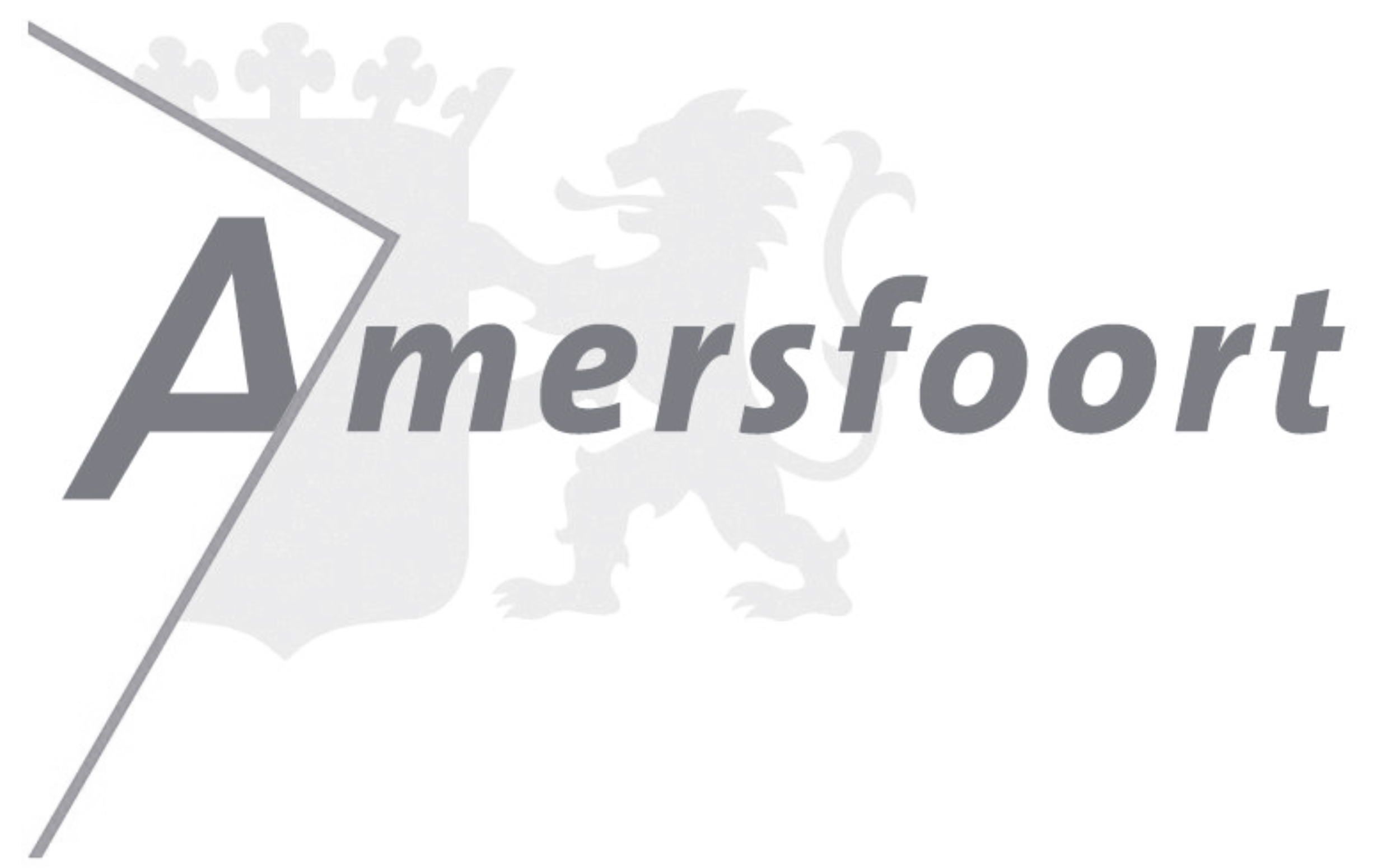Modelling the future role of hydrogen
Hydrogen will play a key rol in our future energy system. To explore its market and flexibility in detail, we partnered with a consortium of national organizations to improve and expand hydrogen modelling in the ETM. This has given grid operators essential tools for future infrastructure planning and communication.
View Full Report →
